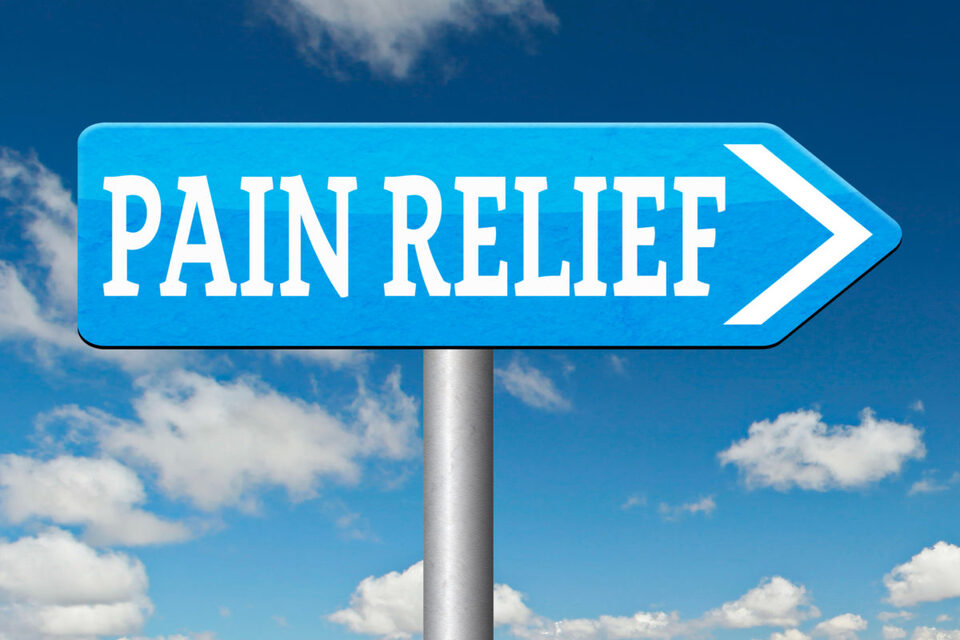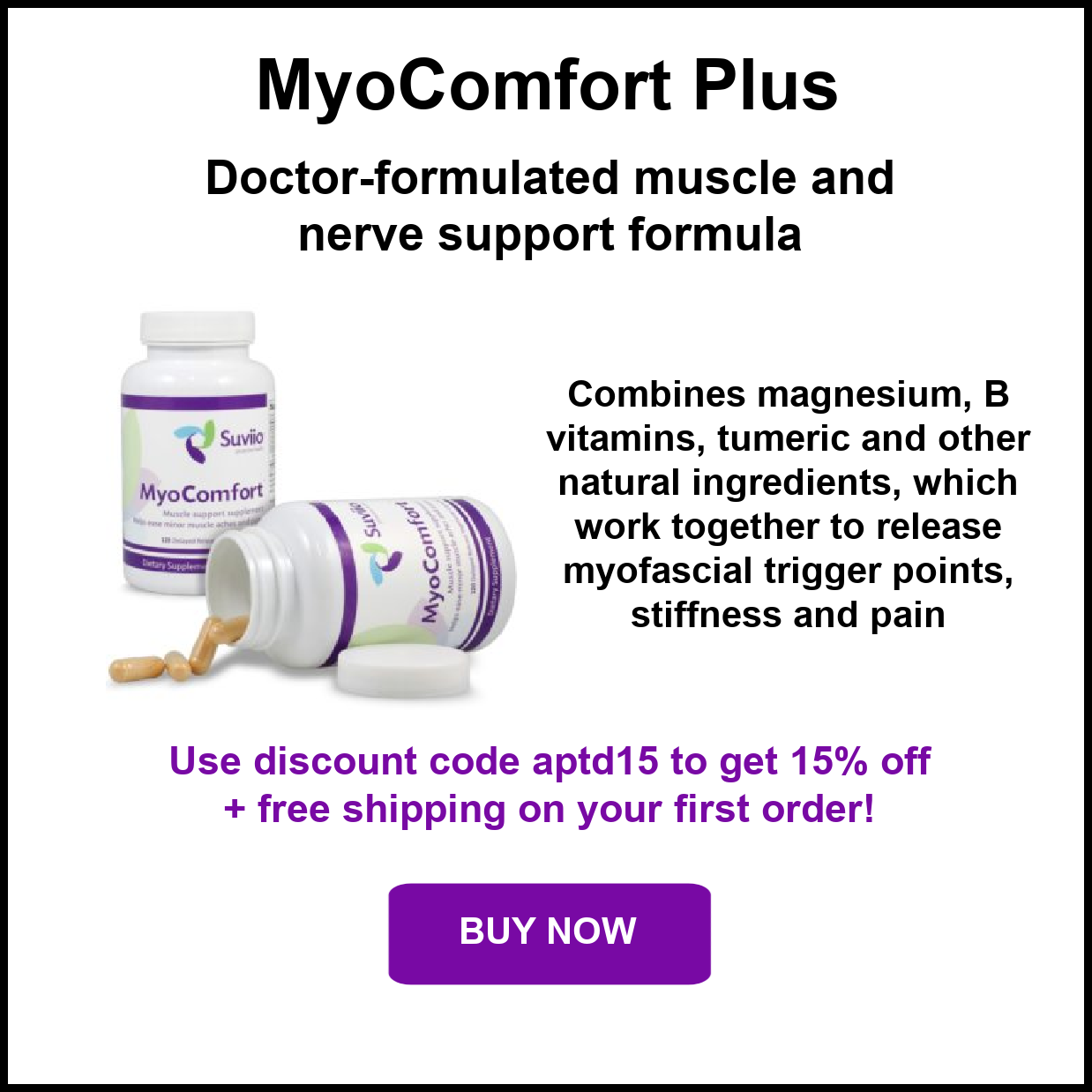In the year 2022, healthcare spending grew to 4.5 trillion dollars in the US. Less than 1% of that sum was spent on alternative medicine. This includes the entire scope of alternative medicine, including supplements, self-care products, and practitioner visits. How can this be when holistic healthcare providers have more cost effective, safer and more effective products and services?
The answer is marketing. Pharmaceutical companies are shameless about promoting their products even though the benefits are often minimal and don't outweigh the potential harms. Large mainstream medical centers are not afraid to promote the most expensive and invasive procedures over less profitable, more natural solutions.
Meanwhile, most alternative medicine providers are reluctant to toot their own horn or to invest in letting the world know they exist. As a result, not only are these healthcare practitioners missing out on additional income, many patients are getting inferior care and suffering or even dying needlessly from more dangerous medical interventions.
Who Wants Holistic and Alternative Medicine?
We know that the interest is out there. An increasing number of people are interested in holistic medicine and wellness, as evidenced by recent data from the National Center for Complementary and Integrative Health. And while some patients have the awareness and financial resources to access holistic treatment, we know that we aren’t reaching the majority of patients who could benefit from alternative medicine.
Chronic pain treatment in particular is something that growing our presence can help. More than 50% of Americans experience chronic pain, but the mainstream treatments for chronic pain (namely pharmaceuticals and invasive surgery) often do more harm than good and seldom resolve the underlying problem. Many of these patients don’t even know how to seek treatment for chronic pain; about 65% of chronic pain patients say they don’t even know what kind of doctor can help them.
While the CDC has recently introduced new guidelines for opioid prescribing that recommend alternative therapies like acupuncture and spinal manipulation as first-line treatments, the guidelines provide no pathways for educating patients and providers about the value of these therapies and no requirements that alternative therapies be funded by health insurance.
The good news is that most chronic pain patients don’t want to be on opioids, the most frequently prescribed class of drugs for chronic pain. Results from a Harris Poll of chronic pain patients show that 80% want a non-opioid treatment option.
So how do we reach them? How do we help these patients find the treatment that will actually help them and align with their values and medical concerns? We need to make it easier for these patients to find us, and the best way to do that is to band together as an industry and improve our marketing. If our patients can’t find us, they can’t benefit from our services and will continue to suffer unnecessarily.
Marketing for Alternative Medicine
You're probably thinking that spending time on marketing means less time spent helping patients, and you don’t want to take any time away from your “real work.” Also, you’re a healthcare practitioner and you don’t know much about marketing. But the good news about marketing is that we really can work smarter to ultimately spend less time promoting our practices and more time helping our patients.
One downside to the current state of alternative medicine is the decentralized nature of practitioners. Unlike conventional medicine, there’s no medical or insurance referral network, which means fewer patient referrals overall. To boost these numbers, we need to educate more patients about what we can do and make our practices easier to find. Fortunately, most people today start their search for medical practitioners online, and that’s where we can improve our marketing most readily.
To be most effective, alternative medical practitioners need to maintain an internet presence and work with other practitioners across disciplines to promote their businesses. No one discipline has the funds or reach to increase their footprint alone, but if we band together, we can grow our presence.
Instead of thinking of other practitioners in your field or in related fields as your competition, you can reach out to them as potential partners in raising awareness about the value of the services you provide in order to increase the number of people seeking these services in your area. Then everyone benefits. It’s what conventional medicine does. It’s called coopertition and it’s a practice that’s worked well in many industries. There are over 900,000 alternative healthcare providers in the United States, and if we were able to raise our profiles through joint marketing and educational efforts, we could increase our influence substantially– and that means we could reach more people for whom our services are a better choice.
We have to do this together because individual practitioners cannot possibly compete financially with the pharmaceutical industry and the single professional disciplinary associations are struggling with low membership and limited resources. No one organization has the financial resources or political clout to increase the reach of alternative practices. However, if we work together, we have the numbers to make our goals possible.
This is where the Alternative Pain Treatment Directory can help. It’s multidisciplinary and it’s becoming the “go-to” website for people in chronic pain looking for accurate information about their options. There are more people in chronic pain in the U.S. than people who have cancer, heart disease or diabetes combined. In addition, many people in chronic pain have comorbid conditions.
By listing your practice in the Directory, you increase your likelihood of being found by potential new patients and you help fund our efforts to increase the percentage of pain patients using alternative medicine.
We also have plans for virtual networking and educational events as well as cooperative advocacy efforts across disciplines by both providers and patients to pass legislation making alternative treatments more accessible and affordable.
JOIN US!












Comments